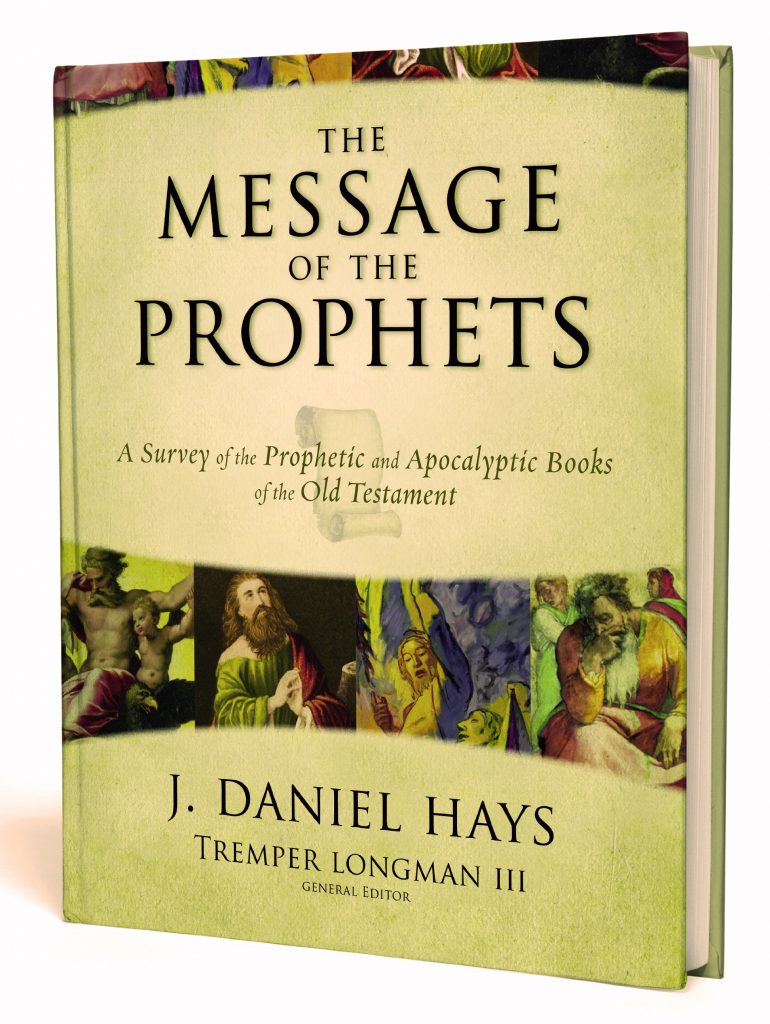This is an academic textbook about major and minor prophets authored throughout written Scripture. It is a comprehensive survey of each prophet in the Old Testament that provides a topical view from both pre-exilic and post-exilic periods. Structurally, the textbook approaches the biblical text from a conventional Christian perspective, but it does provoke questions and introduce comparative thoughts surrounding prophecy, eschatology, and justice issues that often arise as a matter of interpretation. The book is replete with suitable photographs, maps, highlights, tables, inset messages, written assignments, verbal assignments, and more.
The beginning of the textbook is introductory in terms of the genres found among the prophets. Namely, apocalyptic, poetic, and narrative literature across various authors are introduced among the historical, prophetic, and eschatological events that occurred over the many centuries across time.
The breakdown of the book spans all books in three major sections. First, concerning the big picture of the prophets and prophecies as they spoke and wrote from the word of YHWH. A historical overview throughout the Prophetic Era is presented to set an introductory backdrop for the further detailed reading ahead. To canvas the numerous prophets, their method of delivery by genre read chronological and as anthologies.
There isn’t any one specific event, nation, territory, or people group that the prophets engaged. Yet, the messages of the prophets surround Israel, Judah, and its surrounding nations in context to their covenant relationships with YHWH. As such, the messaging is both theologically and eschatologically relevant both then and now. Each prophet appears to have one or more themes or a designated purpose that reinforces the meaning and reason for their position in Scripture. While prophetic pronouncements can overlap from different perspectives among the major and minor prophets, there is no undue redundancy.
The second section concerns the Major Prophets, Isaiah, Jeremiah, Ezekiel, and Daniel. The textbook provides a section-by-section breakdown of each chapter, book by book. The third major section entitled “The Book of the Twelve” takes the same approach among all sections, book by book. Every minor prophet is covered including Hosea, Joel, Amos, Obadiah, Jonah, Micah, Nahum, Habakkuk, Zephaniah, Zechariah, Haggai, and Malachi.
The density of subject matter within this text is significant. So it serves as a lifetime handbook to draw upon as a companion to exegetical or topical studies that involve the prophets in some way.













